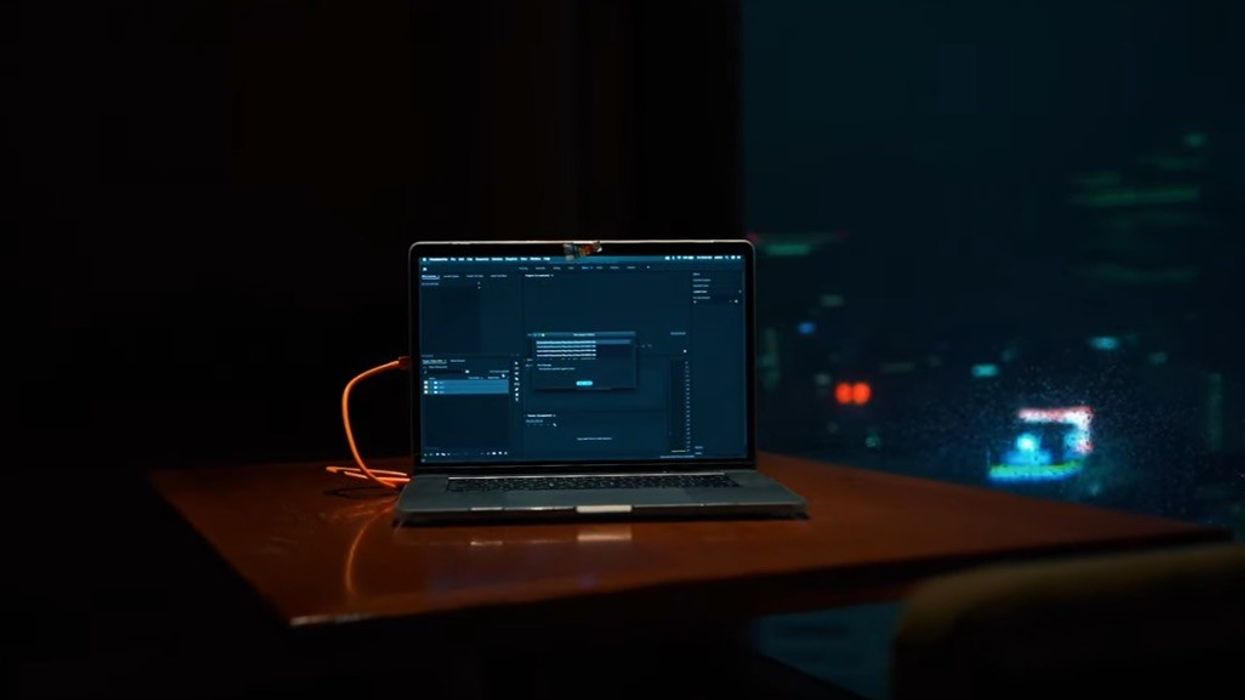5 Essential Hacks For Making the Perfect Travel Editing Set-Up
Are you an editor who is on the road a lot? These tips and tricks will have you working like a pro in no time.

Sometimes you run into the unavoidable issue of having to do work while traveling. If you're an editor, maybe you're running to meetings or shuttling between different offices or sets.
Or maybe you're traveling for the holidays and still want to keep on top of your deadlines!
Zach Ramelan recently posted a video going through all the gear and hacks he uses while he's editing projects on the road. He offers five key suggestions for making mobile work easy and organized.
Watch the video below!
1. Buy cases for hard drives and cards
You definitely want to protect the brains of your project, and especially keep your cables and cards organized.
The case Ramelan uses here is made by Jelly Comb and Ramelan says it holds four hard drives. However, you could buy one that's slightly larger that will also fit a laptop.
Don't forget to protect your SD cards, too!
2. Get travel-ready hard drives
This may seem like a no-brainer, but buy hard drives that will hold up under the strain of travel.
Try the ArmorATD from G Tech. The one Ramelan uses is the LaCie Rugged Mini.
If you don't have a rugged hard drive, consider turning its packaging into a protective case.
3. Use velcro
When you're traveling, you want to make sure all your gear is secure and in one place.
Ramelan uses an ingenious but simple hack -- velcro.
Stick velcro to the back of your hard drive and the top of your laptop. Secure the hard drive to your laptop. If you're on public transportation, or if you need to move and bring your whole set-up to another nearby location, this method allows it to travel together, compactly and safely.

4. Get a good bag
This is one of your most important investments. For editors that travel, they likely need something lightweight but durable enough to protect their gear.
You could check out the Veer 18 for simple traveling with your camera, or maybe the more heavy-duty DUO daypack, which has space for your laptop, too.
After that, check out all the basic necessities you need to put in your new traveling bag.
5. Label your hard drives
If you're working on multiple projects and using hard drives that all look the same, do the smart thing and label each one.
You can do this with a fancy label-maker, or just slap a piece of tape on the drive and label it using a marker or Sharpie.
You don't want to go digging through hard drives, adding frustration before you even start working!
What's next? Dig into more tips for filmmaking on the road
Here are five tips for traveling with gear, what you should pack, and ten tips for shooting in remote locations.
Do you have any tips for working while traveling? Let us know in the comments!
Source: Zach Ramelan











